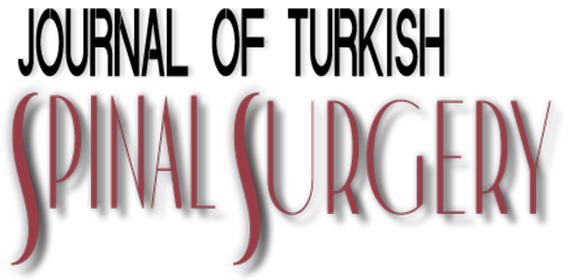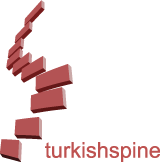ABSTRACT
Background:
One of the most important steps in obtaining a successful outcome in spine surgery is appropriate placement of the pedicle screw. To test the hypothesis that sagittal angle of pedicle screw affects the biomechanical stiffness of the construct used in the spinal surgery, we evaluated the biomechanical results of different directions of pedicle screw on sagittal plane by performing a finite element (FE) analysis both in a single vertebral body and in a dual vertebral model.
Material/Method:
Three-dimensional FE models of thoracic vertebrae (T10-T11) were used. The vertebral body was divided into three areas (upper, mid, lower one-third) in the sagittal plane. The entry points of the pedicle screw were same. The stiffness of different sagittal orientated screws in single vertebral body were evaluated in pull-out strength and in dual vertebral model strength of the screws were analyzed in flexion, extension and lateral bending movements.
Results:
The screw at the upper one third of the vertebral body had the strongest pull-out load of 13.200N in single vertebral body model. The screw at the mid onethird of the vertebral body and lower-third of the vertebral body had 12.500N and 10.500N retrospectively. Flexion, extension and lateral bending tests had strongest loadings at upper one-third, mid one-third and lower one-third of vertebral body retrospectively.
Conclusion:
The pedicle screw at the upper one-third of vertebral body in the sagittal was found to be more biomechanically stronger. This finding may be useful in clinical practice to prevent late complications of pedicle screw.



